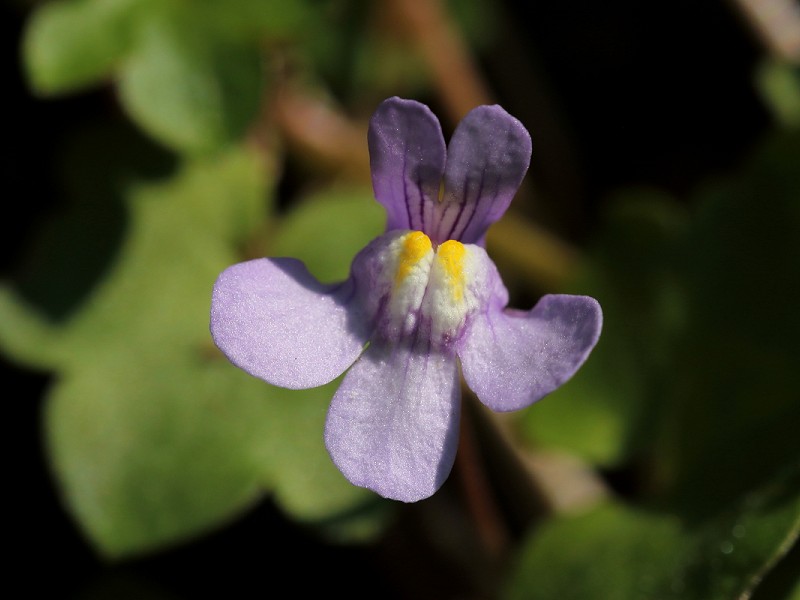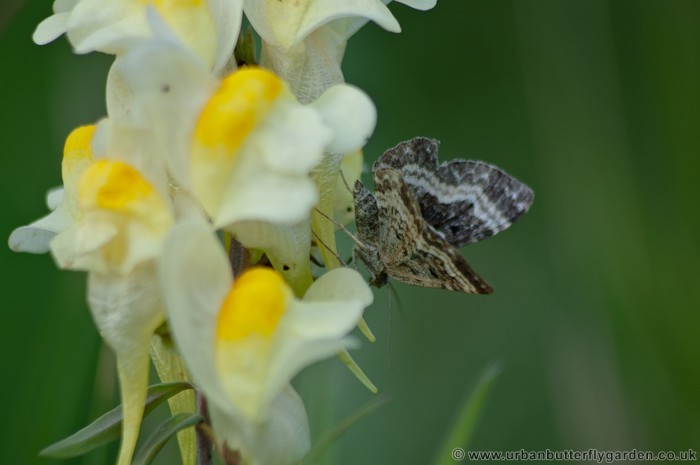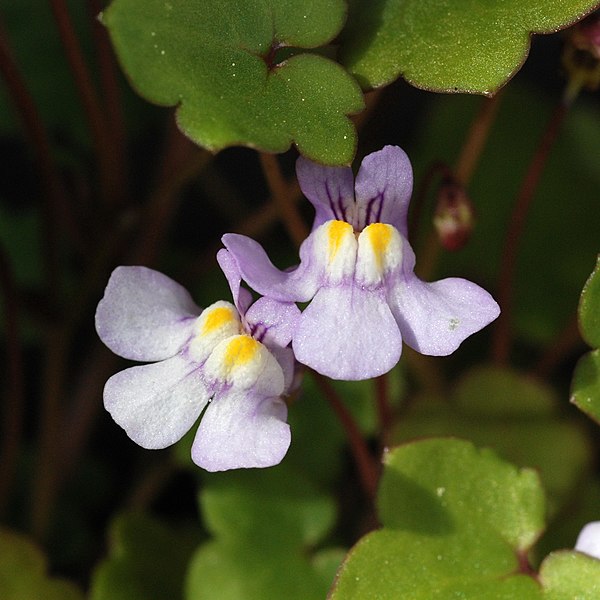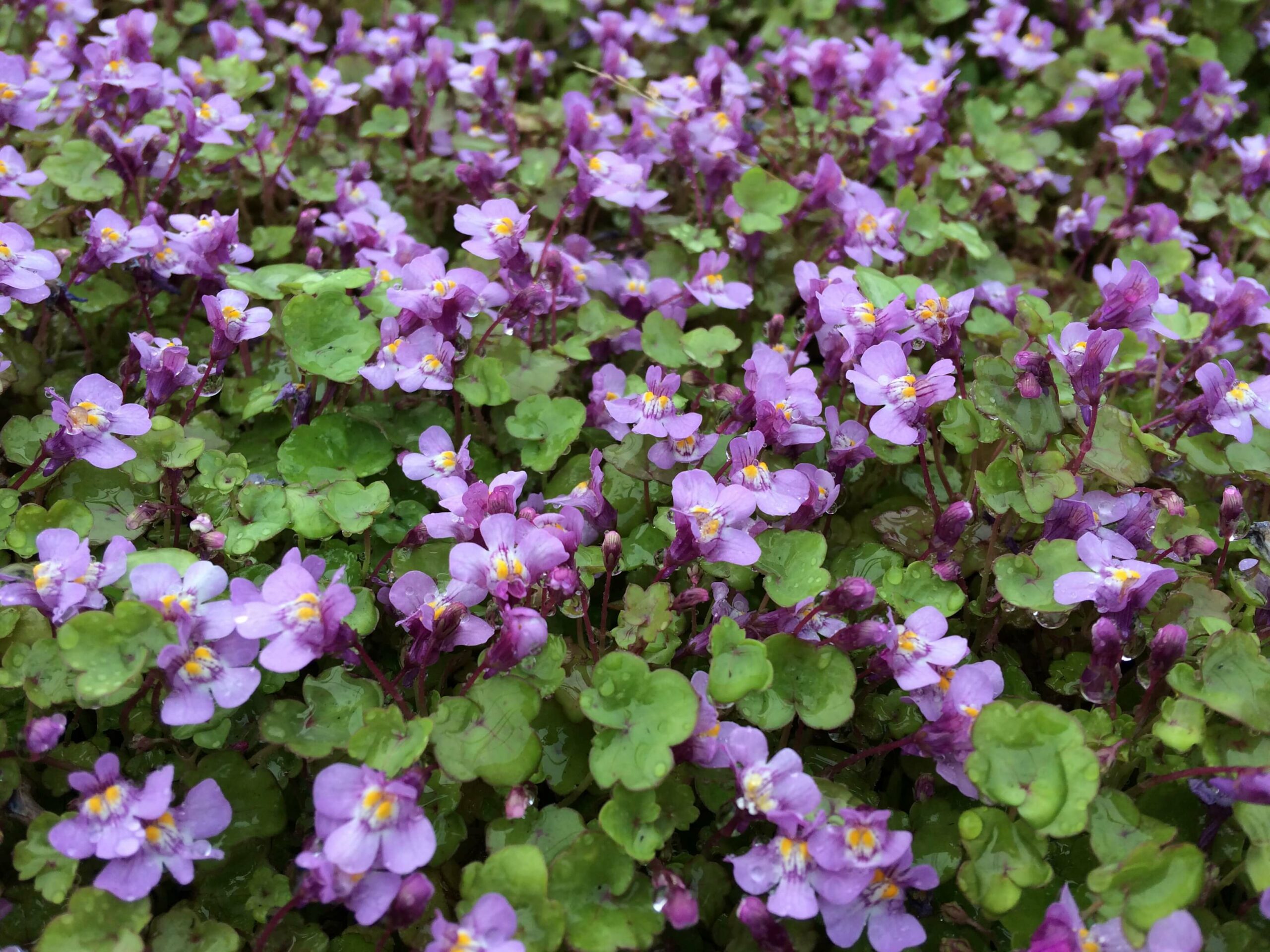How To Grow Ivyleaved Toadflax In Your Garden
Ivy-leaved toadflax is a beautiful and easy-to-grow plant that can add a touch of color and interest to any garden. It is a low-maintenance plant that can tolerate a variety of conditions, making it a great choice for even the most novice gardener.
Introduction
Ivy-leaved toadflax (Cymbalaria muralis) is a perennial plant that is native to Europe and Asia. It is a small plant that grows to be about 6 inches tall. The leaves are ivy-shaped and are green with a purple underside. The flowers are small and trumpet-shaped and come in a variety of colors, including blue, purple, pink, and white.
Ivy-leaved toadflax is a creeping plant that can spread quickly. It is a good choice for growing in rock gardens, walls, and other areas where you want to create a groundcover. It can also be grown in containers.
Growing Conditions
Ivy-leaved toadflax is a relatively easy plant to grow. It prefers full sun to partial shade and well-drained soil. It is tolerant of drought and heat, but it will appreciate regular watering during hot, dry weather.
Ivy-leaved toadflax is not a heavy feeder, but it may benefit from a light application of fertilizer in the spring.
Propagation
Ivy-leaved toadflax can be propagated by seed or by division. Seeds can be sown in the spring or fall. They should be sown on the surface of the soil and lightly covered with soil. Seeds will germinate in about two weeks.
Ivy-leaved toadflax can also be propagated by division. To divide a plant, carefully dig it up and separate the roots into two or three sections. Each section should have at least a few leaves and roots. Plant the divisions in separate containers or in the garden.
Care and Maintenance
Ivy-leaved toadflax is a low-maintenance plant. It does not require much pruning, but you may want to deadhead the flowers to encourage more blooms. You may also need to trim the plant back in the fall to prevent it from overgrowing.
Ivy-leaved toadflax is generally pest- and disease-free. However, it may be susceptible to aphids and slugs. If you see any pests, you can treat them with an insecticidal soap or neem oil.
Troubleshooting
If your ivy-leaved toadflax is not blooming, it may not be getting enough sunlight. Try moving it to a sunnier spot. If the leaves are turning yellow, it may be getting too much water. Water the plant less frequently.
If your ivy-leaved toadflax is not growing well, it may need to be fertilized. Apply a light application of fertilizer in the spring.
Conclusion
Ivy-leaved toadflax is a beautiful and easy-to-grow plant that can add a touch of color and interest to any garden. It is a low-maintenance plant that can tolerate a variety of conditions, making it a great choice for even the most novice gardener.
If you are looking for a new plant to add to your garden, I encourage you to consider ivy-leaved toadflax. You won't be disappointed!
Ivy-leaved toadflax is a small, trailing plant with evergreen leaves that are shaped like ivy leaves. It is native to the Mediterranean region but has been introduced to many other parts of the world, including North America and Australia. Ivy-leaved toadflax is often found growing on walls, rocks, and other hard surfaces. It can be a prolific grower and can quickly become invasive.
If you are interested in learning more about ivy-leaved toadflax, please visit Home Gardening. This website provides detailed information about the plant's appearance, habitat, distribution, and uses. You can also find photos, illustrations, and videos of ivy-leaved toadflax on this website.
FAQ of ivy leaved toadflax
- What is ivy-leaved toadflax?
Ivy-leaved toadflax (Cymbalaria muralis) is a small, perennial herb that is native to Europe and Asia. It has small, ivy-like leaves and tiny, snapdragon-like flowers that bloom from spring to fall. Ivy-leaved toadflax is often found growing in cracks in old walls and pavements, in rocky places, and even on beaches.
- How do I grow ivy-leaved toadflax?
Ivy-leaved toadflax is relatively easy to grow. It prefers a shaded to partially shaded location with well-drained soil. The soil should be kept moist, but not soggy. Ivy-leaved toadflax does not need to be fertilized often. To propagate ivy-leaved toadflax, you can divide the plant in the spring or fall.
- Is ivy-leaved toadflax invasive?
Ivy-leaved toadflax can be invasive in some areas. It can spread rapidly by self-seeding and can crowd out native plants. If you are concerned about ivy-leaved toadflax becoming invasive, you should plant it in a container or in an area where it cannot spread easily.
- What are the benefits of ivy-leaved toadflax?
Ivy-leaved toadflax is a beautiful plant that can add interest to your garden. It is also a good choice for pollinators, as its flowers attract bees and butterflies. Ivy-leaved toadflax has also been used in traditional medicine to treat a variety of ailments, including coughs, colds, and bladder infections.
- How do I control ivy-leaved toadflax if it becomes invasive?
If ivy-leaved toadflax becomes invasive, you can control it by hand-pulling the plants, mowing them down, or applying a herbicide. If you choose to use a herbicide, be sure to use one that is labeled for use on ivy-leaved toadflax.
Image of ivy leaved toadflax
- Ivy-leaved toadflax in bloom. The plant has small, purple flowers that bloom in the spring and summer.

- A close-up of the flowers of ivy-leaved toadflax. The flowers have five petals and a yellow center.

- A patch of ivy-leaved toadflax growing in a wall. The plant can form large, low-growing patches.

- A single ivy-leaved toadflax plant growing in a garden. The plant has dark green leaves and purple flowers.

- A toad sitting on a leaf of ivy-leaved toadflax. The toad is a common visitor to ivy-leaved toadflax plants.
- A bee pollinating an ivy-leaved toadflax flower. Bees are important pollinators of ivy-leaved toadflax plants.

- A pair of butterflies feeding on the nectar of an ivy-leaved toadflax flower. Butterflies are also attracted to the nectar of ivy-leaved toadflax flowers.

- A bird's nest built in the leaves of an ivy-leaved toadflax plant. Ivy-leaved toadflax plants are sometimes used by birds to build their nests.

- A group of ivy-leaved toadflax plants growing in a forest. Ivy-leaved toadflax plants can be found in a variety of habitats, including forests, walls, and pavements.

- A dried ivy-leaved toadflax plant. Ivy-leaved toadflax plants can be dried and used for medicinal purposes.


Post a Comment for "How To Grow Ivyleaved Toadflax In Your Garden"